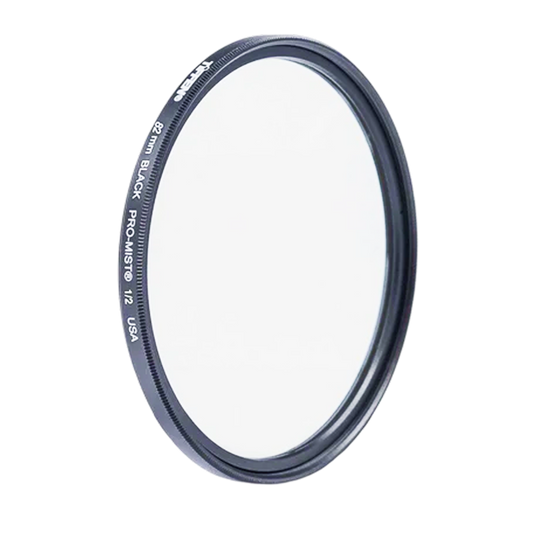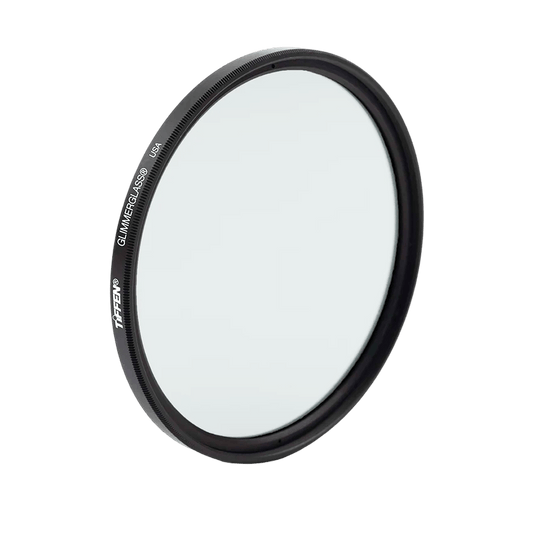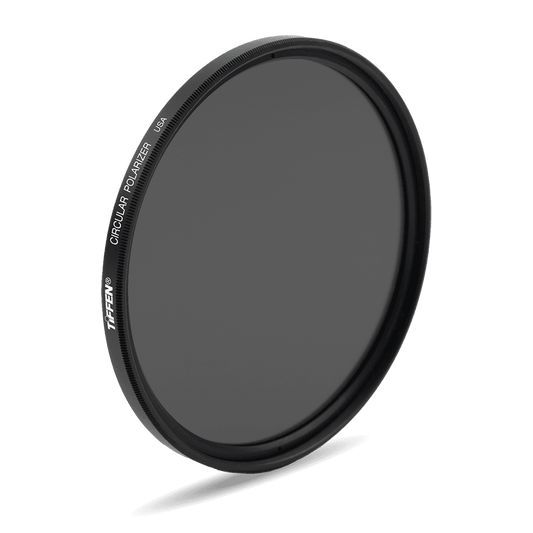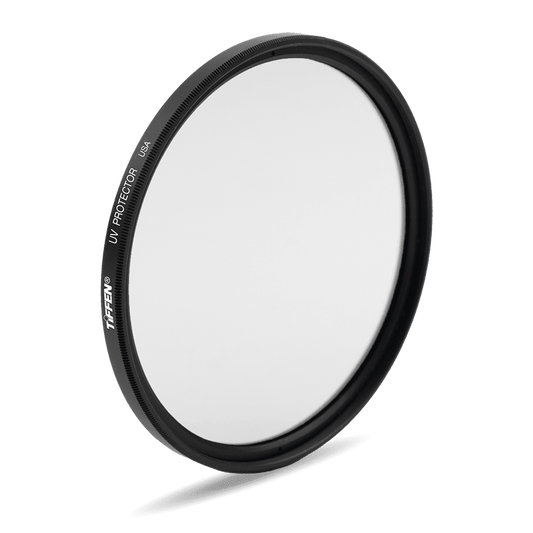ASTROPHOTOGRAPHY
Elevate your Astro Photography
Go somewhere with a dark sky to escape light pollution. The most important thing with astrophotography is a good view of the night sky.
Image: A dark sky has an abundance of stars on the horizon. Shot in a Bortle 3 zone in San Juan, Argentina.

Camera Settings: 23mm F/2.8 8” 6400ISO

Camera Settings: 16mm F2.8 15” 6400ISO
Use a wide angle lens to capture more of the sky and expose for longer without star trails. 500/focal length will be about how many seconds you can shoot without star trails. (This is for the full frame equivalent focal length)
Image: A wide angle lens fits more of the night sky into your composition.
Shoot with a fast lens to let as much light in as possible. F2.8 or faster will allow you to keep a lower ISO to minimize noise.
Image: Prime lenses are great for fast apertures which maximizes light collected.

Camera Settings: F/2.2 8” 6400ISO

Camera Settings: 17mm F8 963” 1600ISO
Shoot in bulb mode to get star trails in a single photo. Lower your ISO and close your aperture and exposure for several minutes or hours to capture Earth’s rotation. Make sure you have a strong tripod to keep the camera still.
Image: The Earth spins around a North-South axis. The North Star, Polaris, is just out of frame on the top right.
Use a tripod to keep your camera steady during long exposures. Night photography requires exposures ranging from 5-30 seconds and even more to gather as much light as possible. Even clicking the shutter button can cause vibrations, so consider using a 2 second timer.
Image: Stars and comets become richer in detail with long exposures.

Camera Settings: 50mm F1.4, F2.2 8” 3200ISO

Camera Settings: 24mm F/4 180” 800ISO
The Tiffen Enhancing Filter cuts light from light pollution while enhancing the red nebulosity in the sky. Even in a dark sky site, the enhancing filter will add color to celestial objects.
Add to your image with light painting. All you need is a small amount of light to illuminate a subject during a long exposure. Our Lowel Go Lite LED is the perfect lighting accessory for astrophotography.
Image: A dim light on the ground makes the joshua tree pop from a dark background.

Image: A dim light on the ground makes the joshua tree pop from a dark background.

Camera Settings: 16mm F/3.5 15” 800ISO
Shoot during a new moon when the sky will be as dark as possible. Partial moon phases and full moons are useful for illuminating landscapes. Consider using a diffusion filter like Black Pro Mist with direct moonlight to add halation.
Image: A partially lit moon rises, illuminating the foreground and eliminating nearby stars.
Add some atmosphere to the sky with a fog, double fog, black fog or night fog filter. Make bright constellations and planets stand out in the sky.

Camera Settings: 16mm F/2.8 30” 6400ISO

Camera Settings: F/4 120” 6400ISO x 17
A star tracker can counter Earth’s rotation allowing you to shoot long exposures without star trails. Make sure you have a sturdy and level tripod to keep tracking accurate.
Image: Multiple minute long exposures stacked allow you to pick up the faintest details and eliminate noise.





